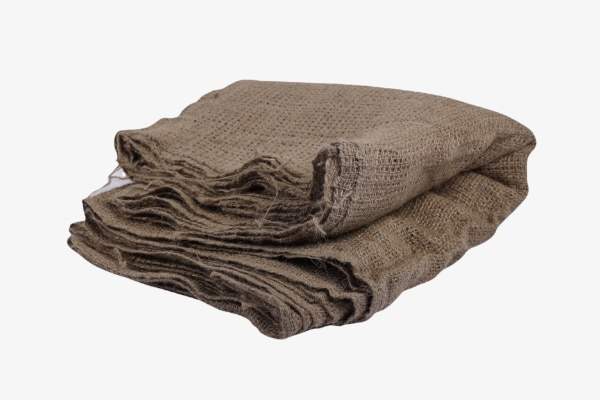“Understanding Porcelain Tile Dimensions and Calculating Waste for Optimal Project Planning”
Porcelain tiles are a popular choice for flooring due to their durability, versatility, and aesthetic appeal. However, choosing the right tile dimensions and accurately calculating waste are essential steps for achieving a professional finish and minimizing cost. Whether you’re a contractor, architect, or homeowner, understanding the nuances of tile size and waste calculation can make a substantial difference in your project.

Common Porcelain Tile Dimensions and Their Applications
Porcelain tiles come in a wide array of sizes, each with specific applications:
- Small Tiles (10×10 cm to 30×30 cm): Typically used in intricate designs, backsplashes, or areas with high traffic where smaller tiles enhance durability.
- Medium Tiles (45×45 cm to 60×60 cm): A versatile size that balances coverage and detail, medium tiles work well in both residential and commercial spaces. Their dimensions make them suitable for areas with unique patterns or layouts.
- Large Tiles (80×80 cm to 120×120 cm and beyond): Large tiles are perfect for open spaces and lend a modern, spacious feel to the room. However, they may require precision cutting to fit smaller spaces.
Each tile size has unique installation challenges, particularly with regard to cutting and layout, and these considerations directly impact the amount of waste generated.

Calculating Tile Waste for a 1,000 m² Project with 20 Rooms
In a project measuring 1,000 square meters, which spans 20 rooms, it’s crucial to account for waste, which can vary significantly depending on tile size and room layout. Here’s a breakdown of waste estimates for each tile size:
- Small Tiles (10×10 cm to 30×30 cm): Due to the increased number of cuts required and the potential for breakage, waste for small tiles can reach around 15% – 20%. For a 1,000 m² project, this means an additional 150 – 200 m² should be ordered.
- Medium Tiles (45×45 cm to 60×60 cm): Medium tiles generally have less waste due to fewer cuts. For this size, it’s recommended to account for 10% – 15% waste. In this case, order an extra 100 – 150 m² of tiles.
- Large Tiles (80×80 cm to 120×120 cm): While large tiles cover more area with fewer tiles, the increased need for precise cuts to fit smaller areas within each room raises the waste factor to around 12% – 18%. This translates to an additional 120 – 180 m² of tiles for this project.
Practical Example: Calculating Tile Quantities and Waste
For instance, if you plan to use 60×60 cm tiles for the entire 1,000 m² project, you can start by calculating the base quantity without waste:
- Each 60×60 cm tile covers 0.36 m² (0.6m x 0.6m).
- 1,000 m² / 0.36 m² per tile = 2,778 tiles (rounded up).
Including waste:
- 2,778 tiles + 10% waste (278 tiles) = 3,056 tiles in total.
This approach ensures that you account for cuts, pattern matching, and potential breakage, which are crucial in achieving a seamless, professional finish.

Why Waste Varies with Tile Size and Layout Complexity
Waste calculations aren’t only about tile dimensions. Layout complexity also matters, particularly in projects with many rooms or irregularly shaped areas. For a 20-room project like this, factors such as the pattern, layout, and number of obstacles (e.g., doorways, corners) will influence waste. Simple layouts typically result in less waste, while diagonal patterns or intricate layouts increase the likelihood of requiring more tile.
Tips for Minimizing Tile Waste
- Plan Carefully: Measure each room meticulously and consider layout options that minimize cutting.
- Opt for Larger Tiles in Open Spaces: Large tiles reduce waste in open areas, as fewer cuts are needed.
- Order Extra for Future Repairs: It’s wise to order around 5% extra beyond the calculated waste for future maintenance.
By understanding the interplay between tile size, waste, and project layout, you can make informed decisions that optimize both material and cost. This approach not only saves money but also ensures that the final look is seamless and aesthetically pleasing.
iamege from florim






